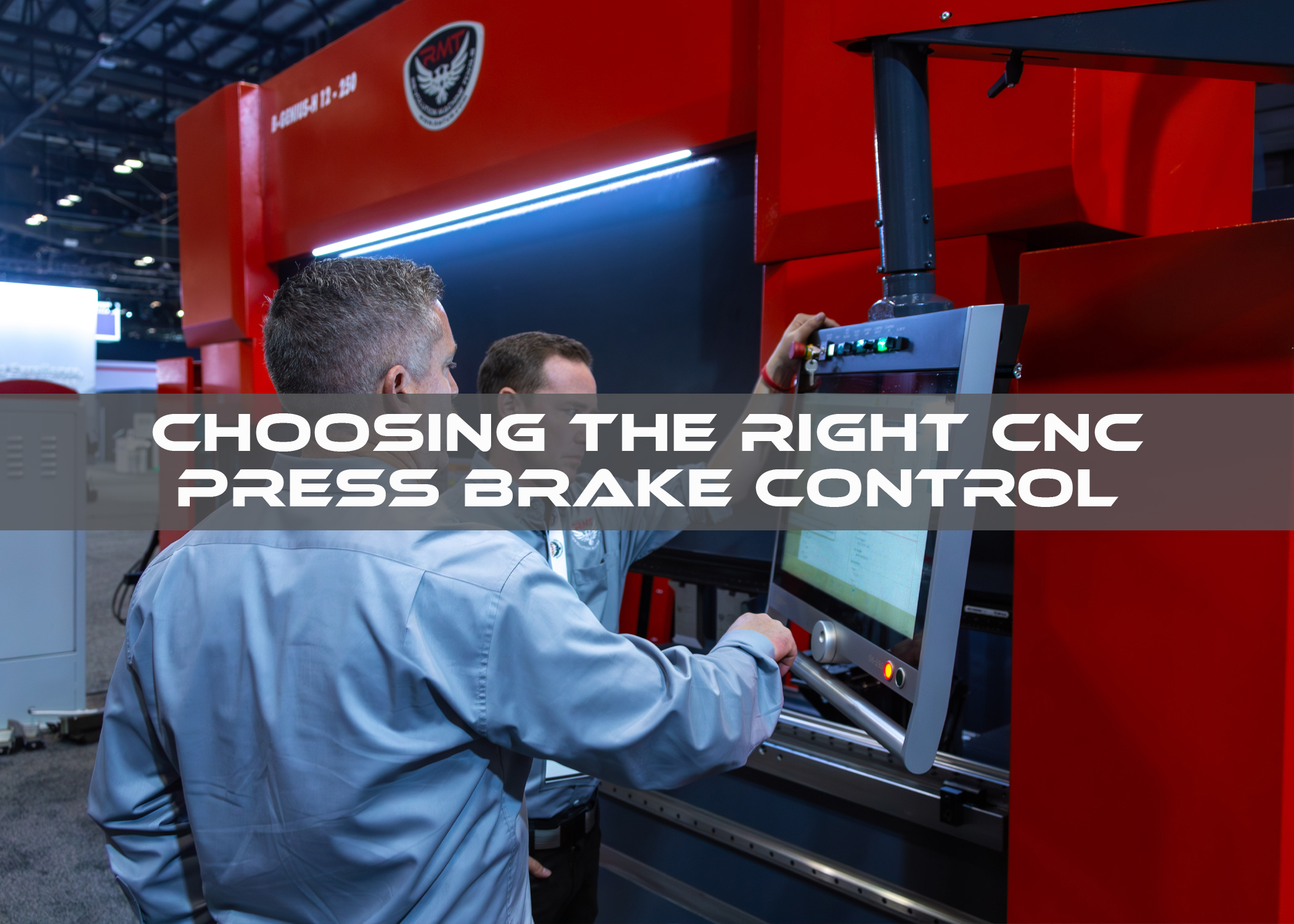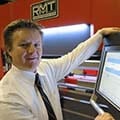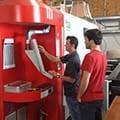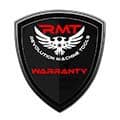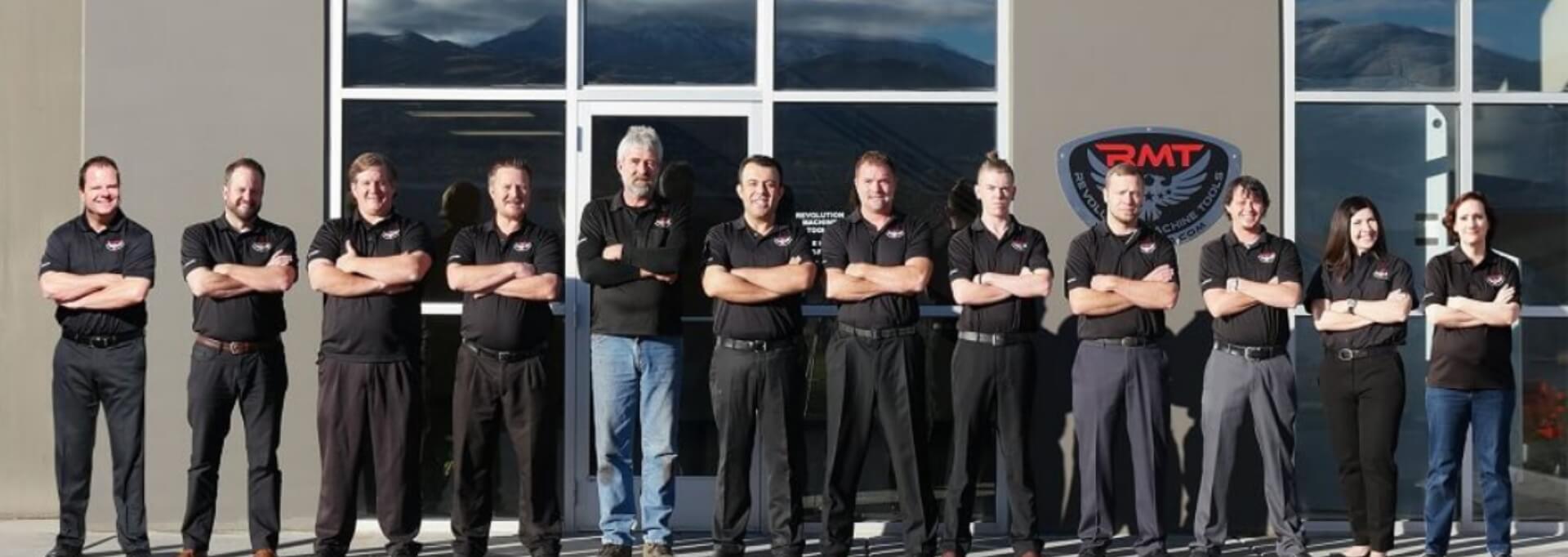In the world of precision metalworking, hydraulic press brakes are essential for bending and forming metal sheets into desired shapes. With advancements in technology, Computer Numerical Control (CNC) systems have become integral to modern press brakes, offering enhanced precision, efficiency, and automation. However, selecting the right CNC control system can be a daunting task given the variety of options available. What follows will hopefully help guide you through the critical factors to consider when choosing the perfect CNC control for your new (or upgraded) hydraulic press brake.
Understanding CNC Controls for Press Brakes
CNC controls in hydraulic press brakes serve as the brain of the machine, enabling operators to program and automate complex bending operations. These systems manage multiple parameters, such as bend angle, material thickness, back gauge positioning, and tool selection, ensuring consistency and accuracy in production. Modern CNC controls range from simple two-axis systems to advanced multi-axis configurations, catering to various levels of complexity and precision.
Some key factors to consider include:
- Level of Automation Required. The level of automation in a CNC control system depends on your production needs. For smaller shops or low-volume production, a basic CNC system with limited automation might suffice. However, high-volume or complex projects may benefit from advanced CNC controls capable of automating multiple axes and integrating with other systems, such as robotic arms or material handling equipment.
- Number of Axes. The number of axes controlled by the CNC system determines its capability. Basic systems typically control two axes: the Y-axis (ram movement) and the X-axis (back gauge). Advanced systems may control additional axes, such as the R-axis (vertical movement of the back gauge), Z-axis (horizontal movement of the back gauge), and crowning adjustment for consistent bending across the workpiece. Selecting the appropriate number of axes depends on the complexity of your bending tasks and the precision required.
- User Interface and Ease of Use. The user interface plays a crucial role in the operator’s experience. A good CNC control system should offer things like intuitive design (touchscreen interfaces, graphical programming, easy navigation); program storage (the ability to store and recall multiple bending programs for repeatability); and simulation capabilities (real-time simulation of bending sequences to minimize errors and waste). Training your staff to use the CNC system efficiently is also essential, so choose a system with comprehensive documentation and support.
- Material Compatibility. Different materials require different bending parameters. Ensure that the CNC control system can handle a wide range of materials, including steel, aluminum, and stainless steel, with varying thicknesses. Look for features such as automatic bend angle correction and material database integration for seamless adjustments.
- Integration with Existing Systems. If your press brake needs to work in tandem with other machinery or software, ensure the CNC control system supports integration. Compatibility with CAD/CAM software is particularly important for designing complex parts and transferring programs directly to the machine. Additionally, consider systems with Industry 4.0 capabilities, such as real-time monitoring, remote diagnostics, and data analytics.
- Budget Considerations. CNC control systems vary widely in price, depending on their features and capabilities. While it might be tempting to opt for the most advanced system, consider your actual production needs and budget constraints. Balance functionality with affordability to get the best return on investment.
- Service and Support. Reliable technical support and service are critical when investing in a CNC control system. Ensure the manufacturer or distributor provides comprehensive training for your operators, responsive customer support to address technical issues promptly, and regular software updates to keep your system up to date.
Types of CNC Controls for Hydraulic Press Brakes
There are several types of CNC control systems, each catering to specific needs:
- Entry-Level Controls. Suitable for small shops and simple bending tasks, these controls are limited to very basic functions and usually only offer two-axis control. Their advantage is that they are affordable and easy to operate.
- Mid-Range Controls. Ideal for medium-sized operations with moderate complexity, these controls support additional axes and more advanced programming options. They also offer better integration with CAD/CAM software.
- Advanced Controls. Designed for large-scale production and complex bending operations, these interfaces can control multiple axes and integrating with automation systems. They feature high-end capabilities such as 3D simulation and advanced diagnostics.
- Hybrid and Custom Solutions. Tailored for specific applications and industries, these types of controls combine the features of different CNC systems to meet unique requirements.
Emerging Trends in CNC Controls
As technology evolves, CNC controls for hydraulic press brakes are becoming smarter and more efficient. Some intriguing emerging trends include:
- Artificial Intelligence (AI). AI-powered systems can optimize bending sequences, predict maintenance needs, and improve accuracy.
- Cloud Connectivity. Cloud-based systems enable remote monitoring and programming, enhancing flexibility.
- Touchless Interfaces. Voice and gesture controls for hands-free operation.
- Green Technology. Energy-efficient systems that reduce power consumption and environmental impact.
Choosing the Best Control for Your Needs
Choosing the right CNC control for your hydraulic press brake is a strategic decision that can significantly impact your production efficiency and quality. By considering factors such as the level of automation, number of axes, user interface, material compatibility, integration capabilities, budget, and support, you can select a system that meets your specific needs. With the rapid pace of technological advancements, staying informed about emerging trends will also help you to be able to future-proof your investment. Ultimately, the right CNC control system will enhance your operational capabilities, reduce waste, and ensure consistent, high-quality output.
